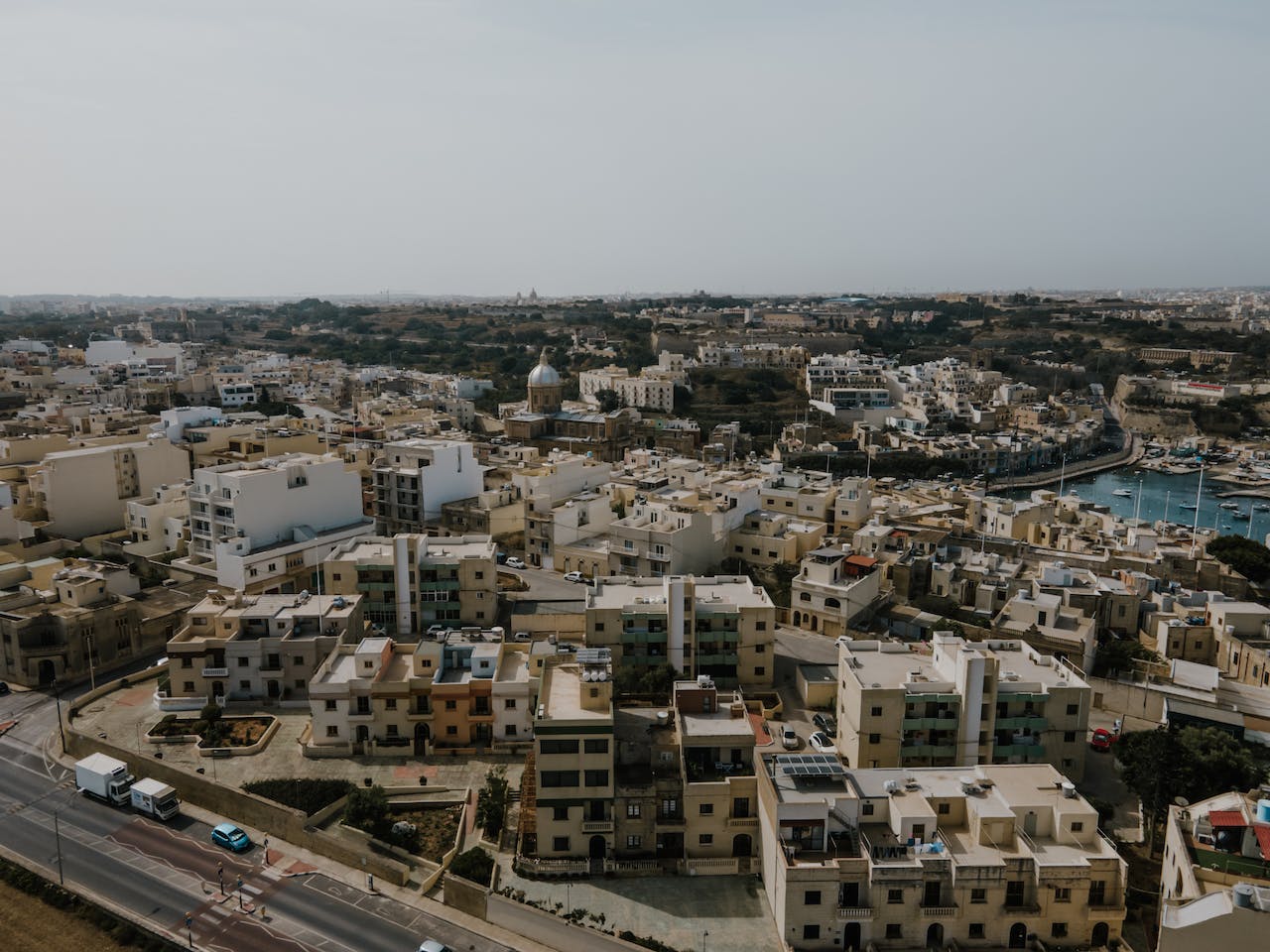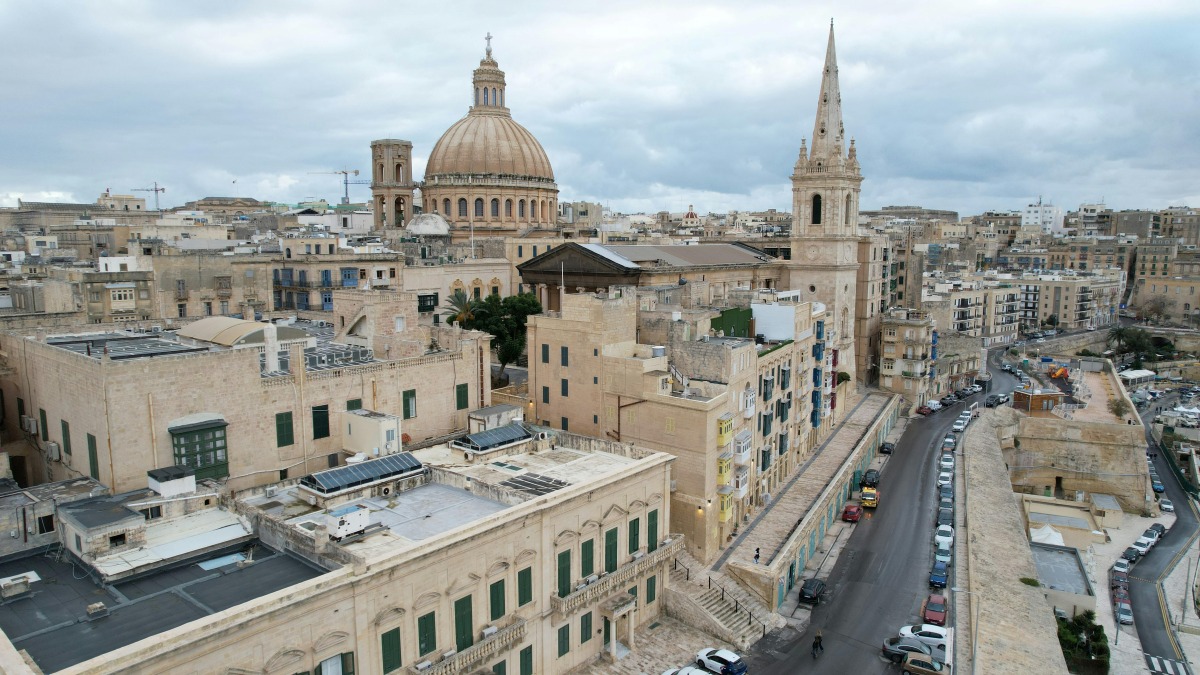The average asking price per square metre for finished apartments increased by 12 per cent in the North West areas of Malta, encompassing St Paul’s Bay, Mellieħa, Mġarr, Rabat and Żebbuġ – more than any other region.
The figures emerge from audit and advisory firm KPMG’s annual report on the construction and real estate sector, commissioned by the Property Malta Foundation.
In contrast, the average asking price per sqm in the Grand Harbour area – Valletta, Floriana, Marsa, Paola, the Three Cities and Kalkara – fell by four per cent, making this the only region across the Maltese Islands that registered a drop.
The South and North Harbour areas saw prices increase by six per cent, with a marginally greater increase (+7 per cent) registered in Central areas, which include Ħamrun, Qormi, Santa Venera, Birkirkara, Mosta, the Three Villages, and Naxxar.
Gozo saw anaemic growth of one per cent in the average asking price per sqm.
The prices quotes relate to finished apartments with no or unspecified views. Apartments in premium developments were excluded from the data set.
The report shows that Central localities registered the largest increase in price since 2017, rising from just over €1,5000/sqm in 2017 to €2,535/sqm in 2024.
Unsurprisingly, the North Harbour area, which includes Sliema, St Julian’s, Pembroke, Ta’ Xbiex, San Ġwanna and Gżira, commands the highest absolute prices, at €3,172/sqm.
Gozo offers the most affordable property in the country at €1,877/sqm, followed by the South – here taken to include the entire area south of Siġġiewi, Luqa, Tarxien, Fgura and Żabbar – at €2,123/sqm.
In an analysis combining property price indexes maintained by the Central Bank of Malta (CBM) and the National Statistics Office (NSO), as well as its own index, KPMG found that property prices grew by an average of 6.1 per cent per annum since 2017.
Building permits and property sales
KPMG quotes NSO data showing that 8,112 residential units were granted approval during 2023, a drop of 15.5 per cent when compared to 2022.
“This decline reflects a return to lower approval numbers after the surge in residential permits seen the previous year,” it said, adding that the 2023 figures are more consistent with the numbers seen in 2020 and 2021, and “also appear to be in line with how 2024 will close off.”
Residential property sales also registered a decrease in 2023 when compared to the previous year, although there was an uptick in promise of sale agreements signed. 2024 is expected to see another increase in promise of sale agreements, and a small increase in final contracts signed, albeit below 2022 levels.
On the other hand, the report finds that “slight increases” in commercial property prices have been recorded this year, despite the “on the ground feeling” of increased supply availability.
Economic impact of property and construction
KPMG report a 6.8 per cent increase in employment in the construction and real estate industries between 2023 and 2024.
As of March 2024, there were 21,368 full-time equivalent (FTE) jobs in the construction sector, and 4,076 in the real estate sector, together contributing 25,444, or 7.9 per cent, of all jobs in Malta.
When taking indirect employment into account, the combined figure increases to 37,424 FTE jobs.
In 2023, the gross value added (GVA) of the construction sector stood at €809 million, or 4.4 per cent of total GVA, while the real estate sector contributed €898 million, or 4.8 per cent, to total GVA.
In total, the building industry generated €1.7 billion, or 9.2 per cent of Malta’s total GVA.
In compiling the report, KPMG consulted 25 different stakeholders and analysed around 10,480 data points related to residential property sales. It also looked at data from the NSO, Eurostate and the CBM.
The report’s authors note that although 2024 saw Malta’s property market deliver mixed results, “an optimistic outlook prevails.”
“Residential property prices saw healthy, stable growth, reflecting a robust sector. Meanwhile, the residential rental market has strengthened significantly, reflecting robust demand.”
The report continues: “In the commercial office space market, emerging opportunities could attract diverse business needs and support the evolving dynamics of the sector.”
On the construction side of things, the report notes that the industry contracted in real terms for the second consecutive year, although it remains an important pillar of the economy generating significant value and employing thousands of workers.
“Many stakeholders view this as an opportunity to shift focus towards quality, professionalism, and alignment with Malta’s evolving regulatory landscape. While this is essential, this period of recalibration must ensure that the industry is also seamlessly aligned with Malta’s new socioeconomic priorities and climate ambitions.”
PN slams Government’s reform consultation as ‘purely cosmetic’ and ‘pre-decided’
Last weekend a four-week consultation period came to an end, gathering over 1,500 responses from the public and multiple organisations
Malta’s Pre-Budget 2026 highlights tax stability, energy price protection and investment in key sectors
The Consultation Document paints a picture of resilience and cautious optimism
Malta remains top youth hotspot as under-25s are the largest tourist group in July
Inbound tourism for July 2025 reached 405,263, with youths leading the way






